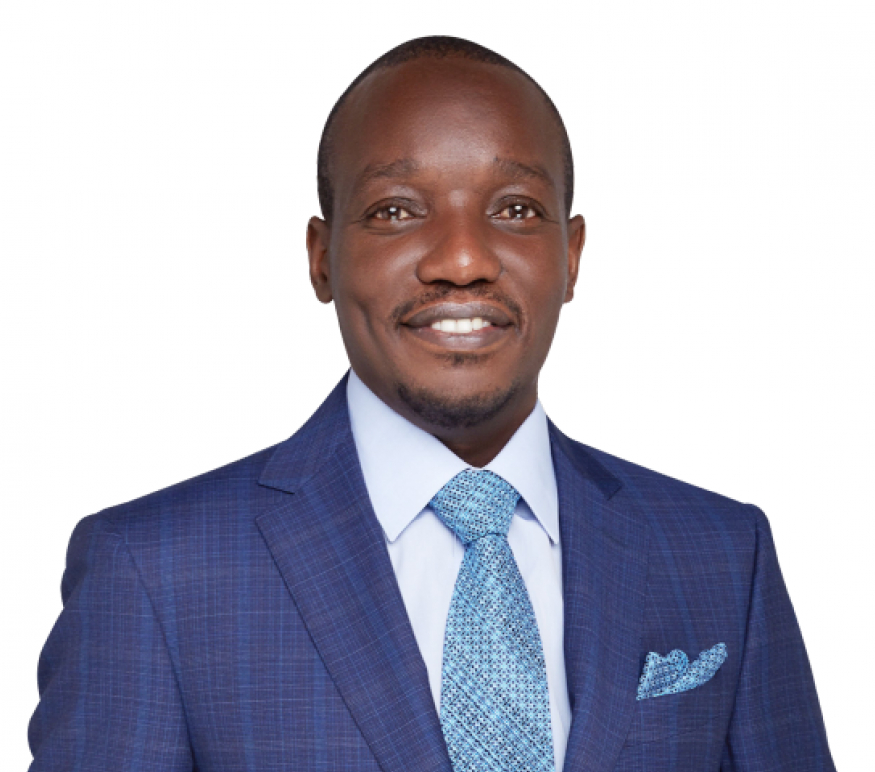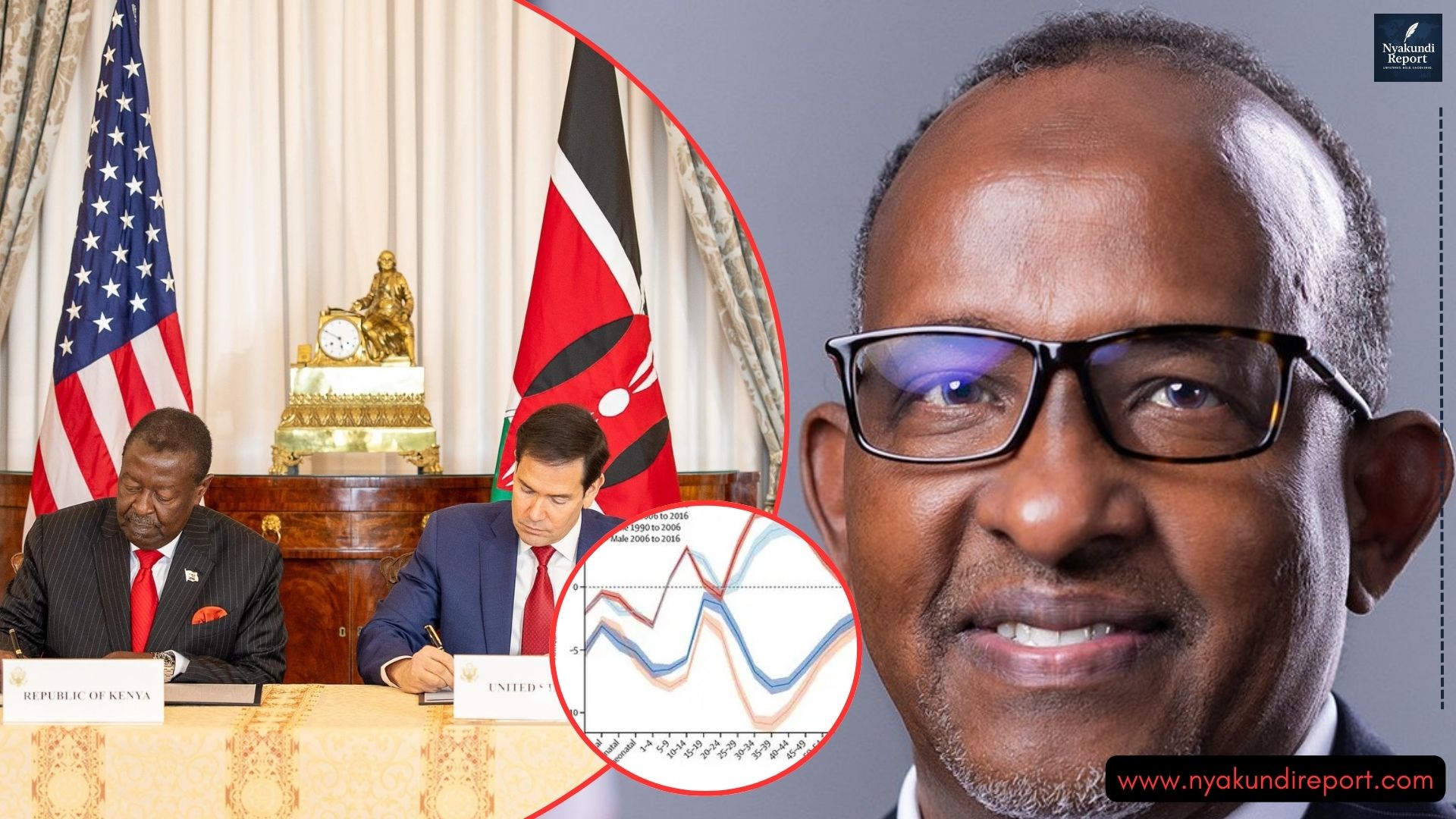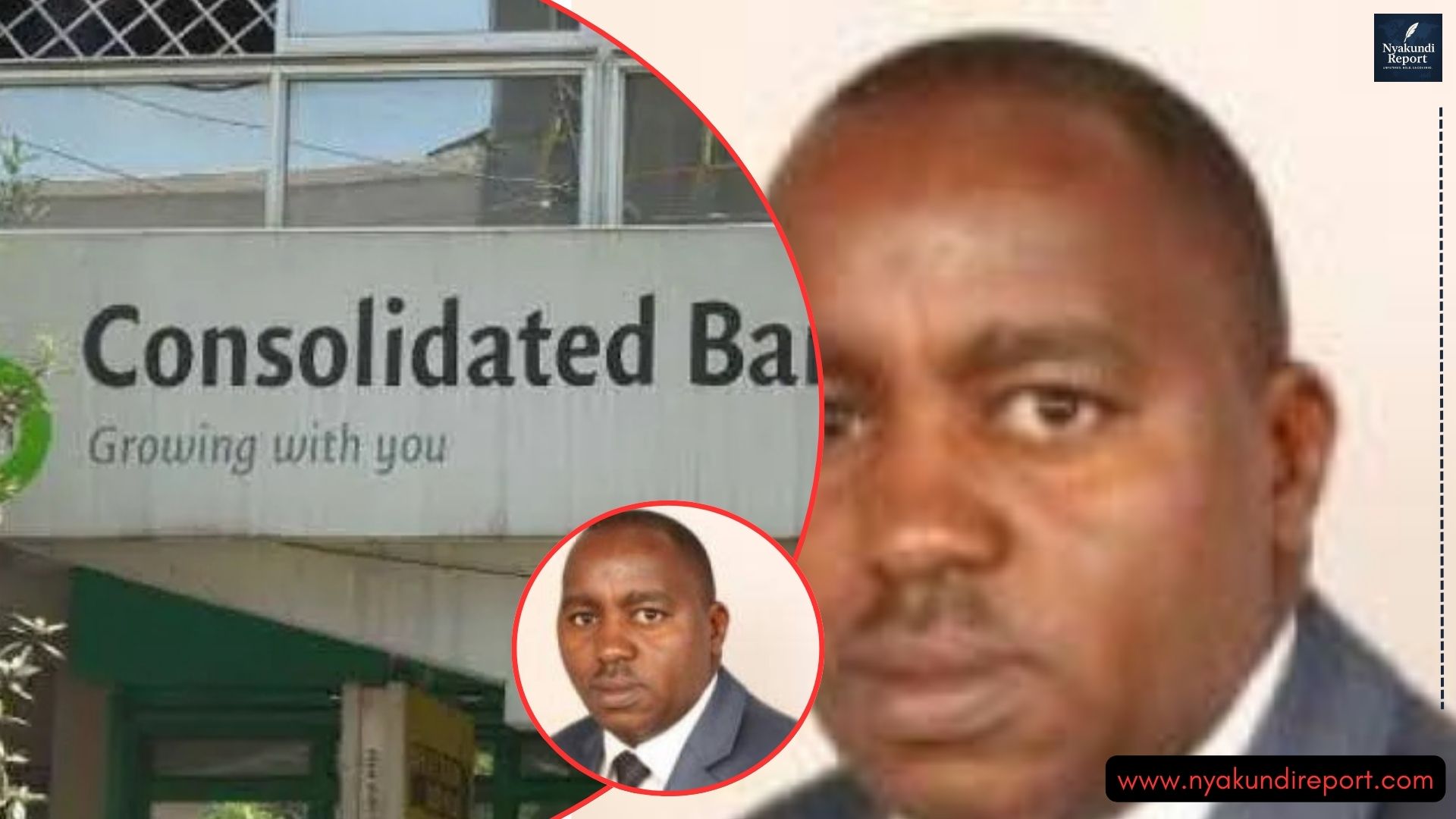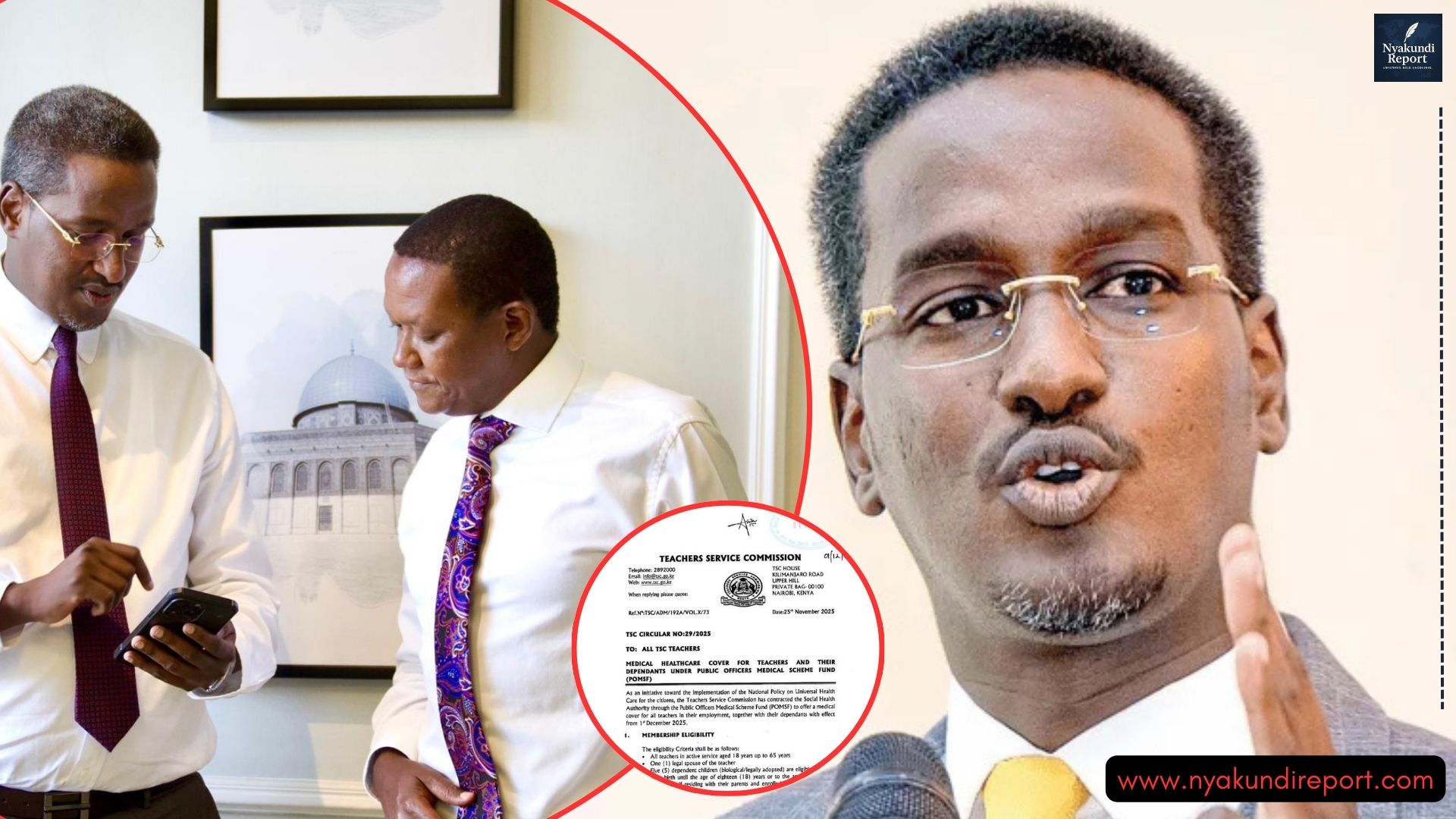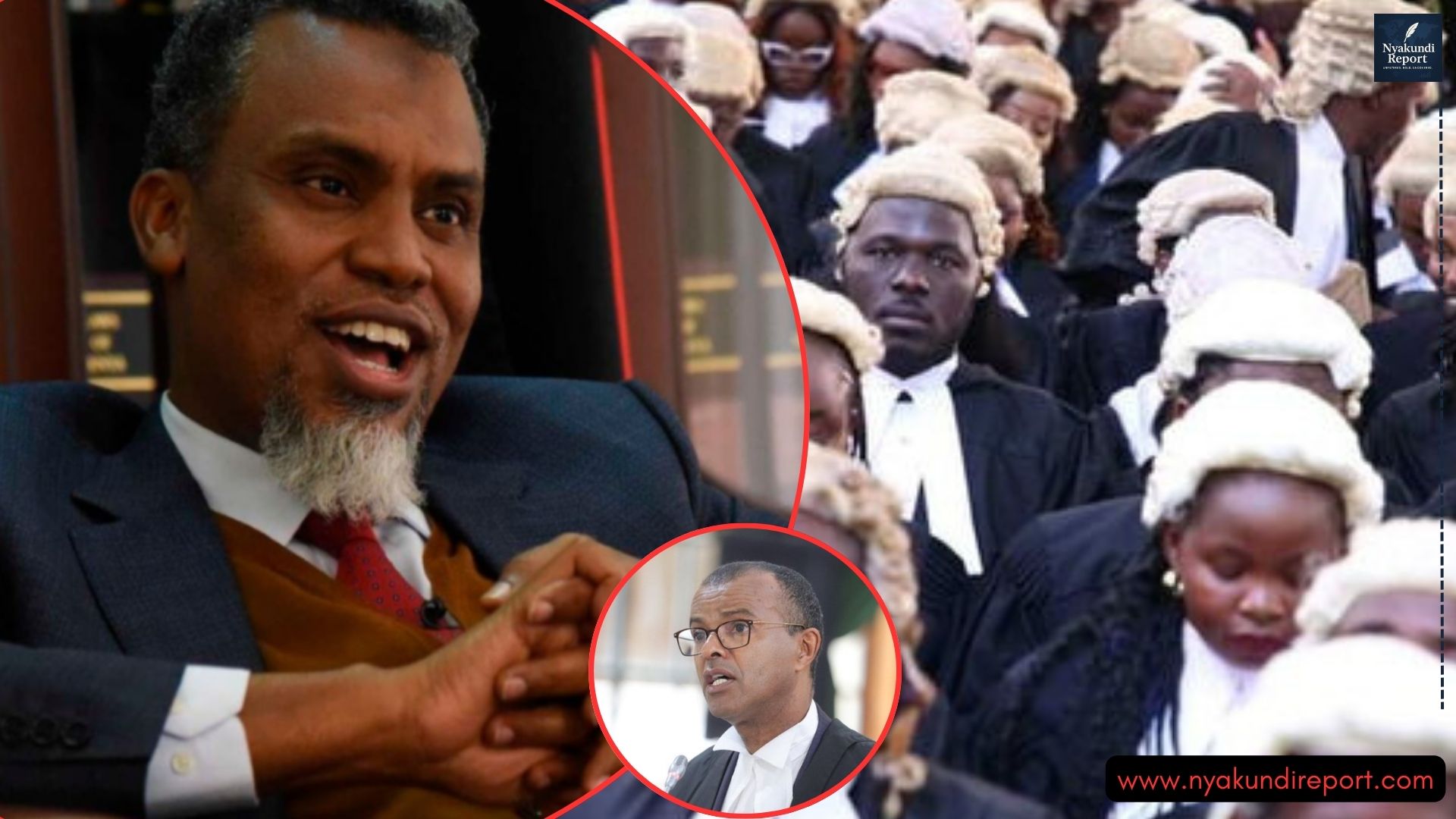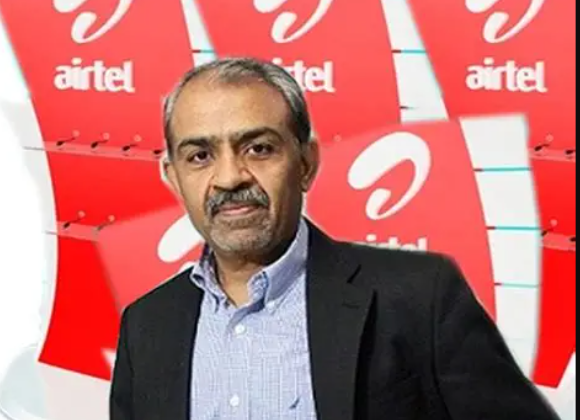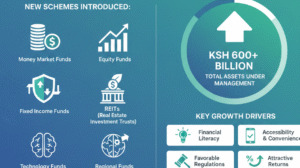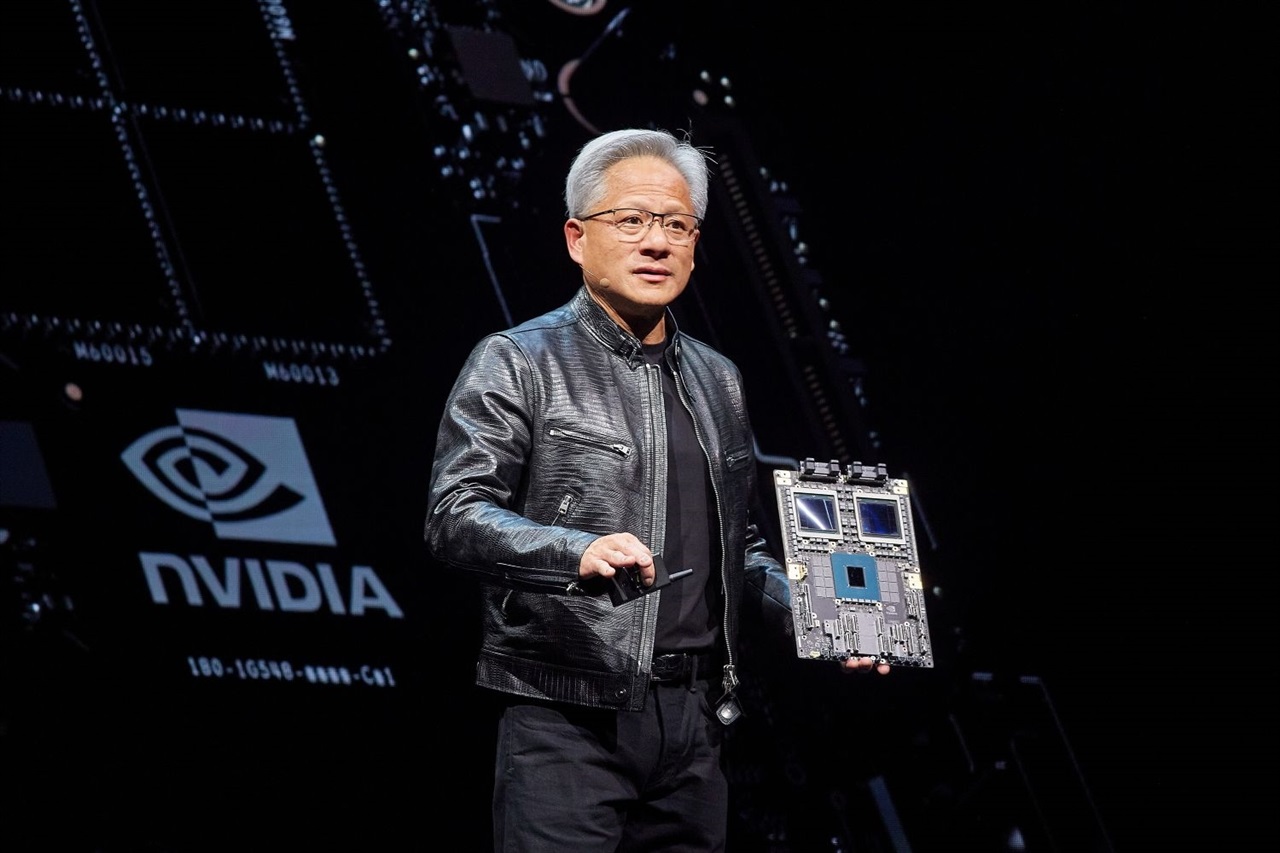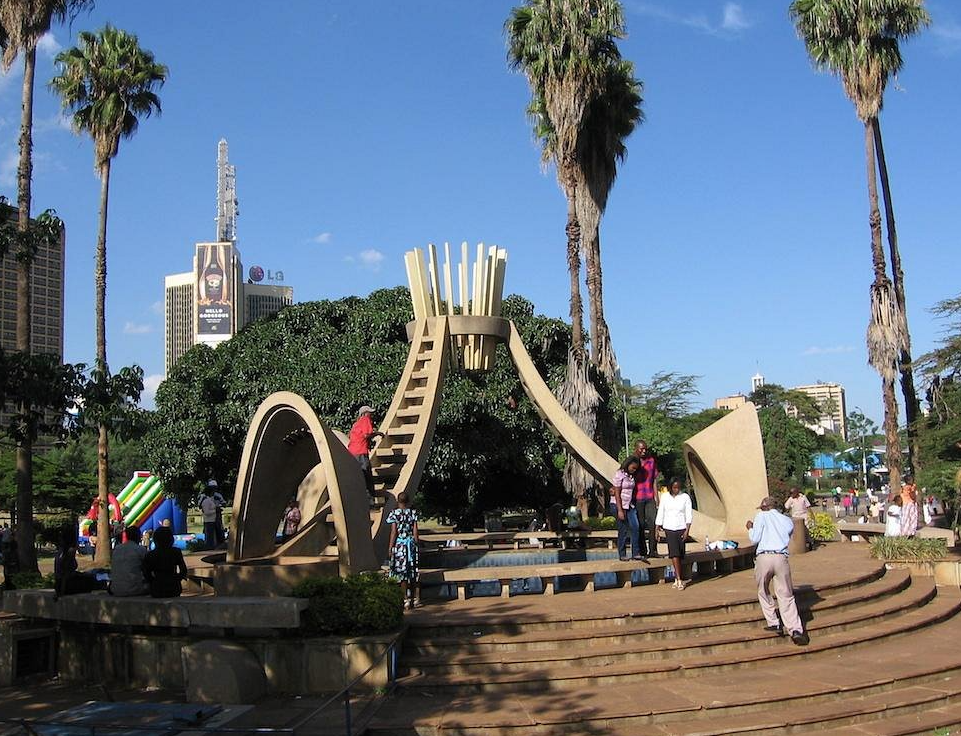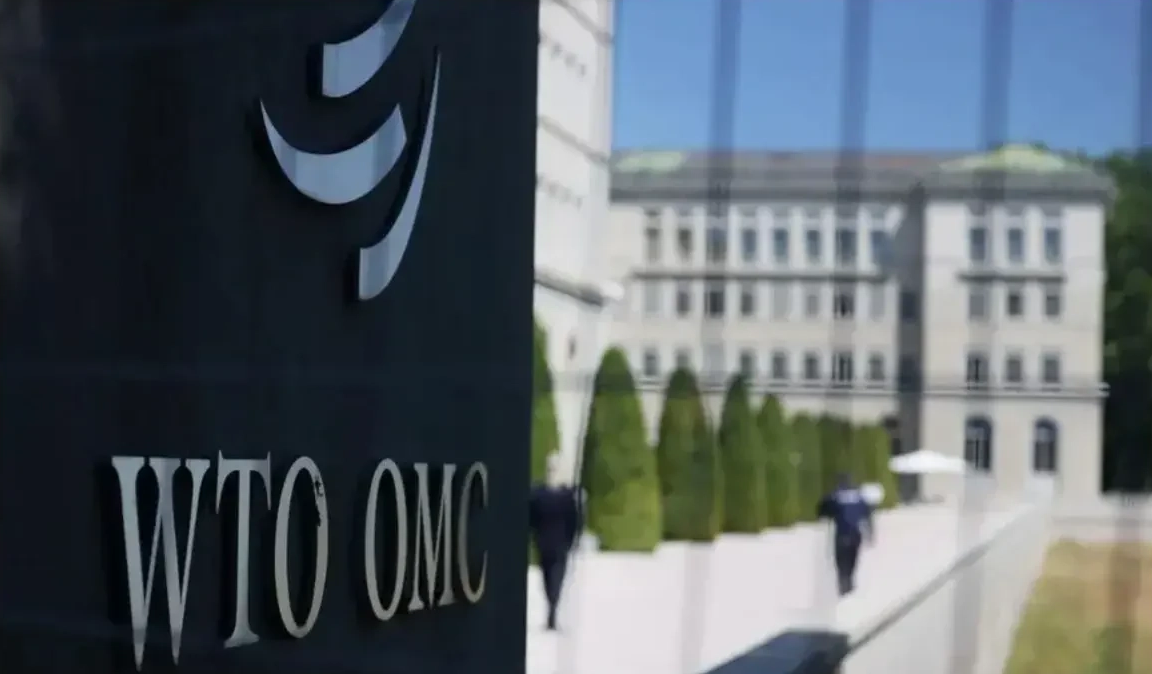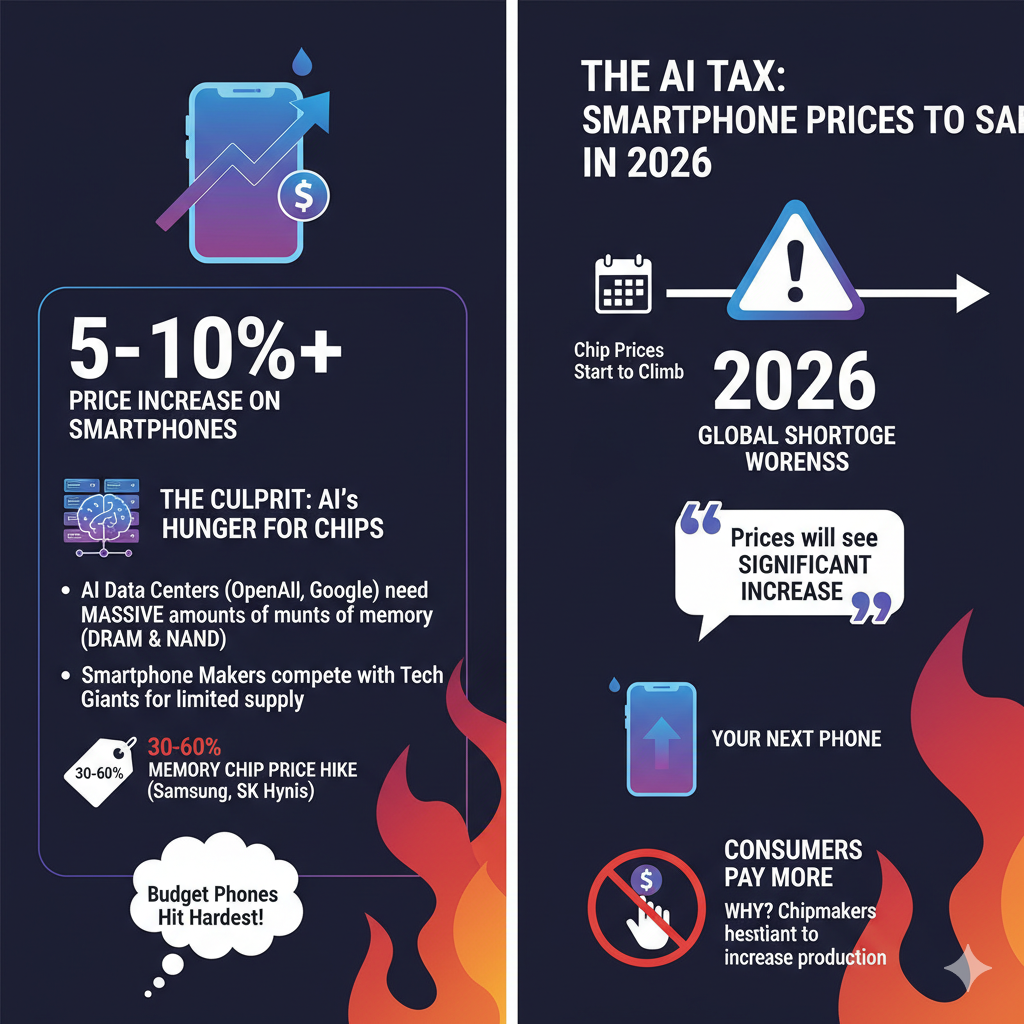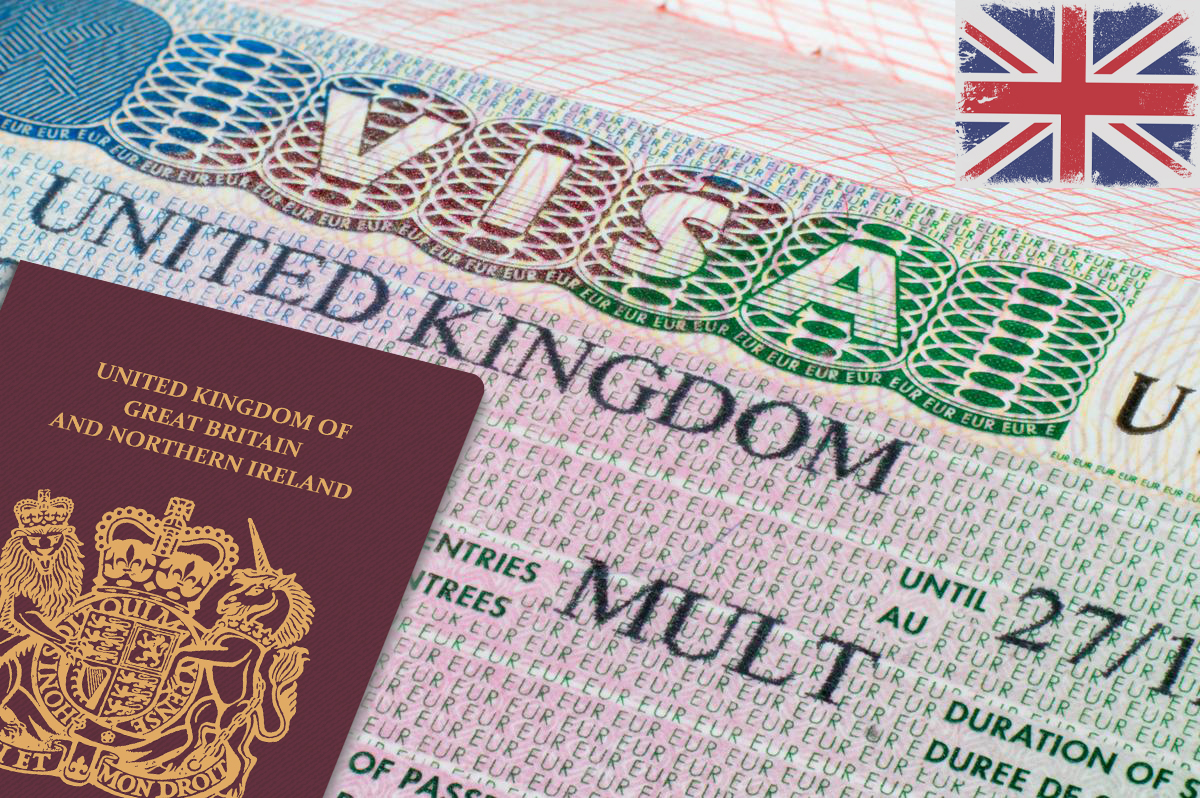President William Ruto has admitted that his administration is battling serious internal weaknesses that are derailing service delivery and undermining his government’s credibility.
Speaking during a high-level Cabinet retreat in Karen, Nairobi, Ruto outlined a range of challenges—from budget gaps and poor coordination to cyber threats and bureaucratic red tape—that have plagued the government’s ability to deliver on its promises.
But he didn’t stop there. The President also unveiled 20 targeted solutions aimed at fixing the mess and rebuilding public trust.

Systemic Failures Weigh Down the Ruto Administration
President Ruto’s candid admission about what ails his administration marks a rare moment of political transparency. In a comprehensive communiqué from State House, Ruto identified ten “systemic risks” that are choking service delivery and stalling the Kenya Kwanza agenda.
Among the major issues flagged were:
- Funding shortfalls in key programs, especially those supported by development partners
- Indiscipline in project execution, with poor accountability and delays
- Weak coordination across ministries, leading to duplication and inefficiency
- Bureaucratic and legal bottlenecks, often killing momentum before projects even begin
- Litigation risks, with court cases slowing progress on major initiatives
- Silo mentality, where departments refuse to collaborate, harming overall governance
- Geopolitical and climate shocks, increasingly disrupting planning
- Cybersecurity threats and misinformation, which damage credibility and paralyze decision-making
These issues, the President admitted, are making it difficult for the government to fulfill its mandate. The result? Citizens are losing patience.
Fixing the Foundation of the Ruto Administration
To turn things around, Ruto announced a sweeping action plan anchored on collaboration, innovation, and results.
At the heart of his strategy is collaborative governance. The President wants to break down silos within government and promote seamless vertical and horizontal coordination between the national and county levels. This, he believes, will enhance service delivery and eliminate duplication.
In foreign policy and global employment, the government aims to train more Kenyan youth in multiple languages to boost competitiveness abroad. By forging new markets for Kenyan products and expanding capacity in Special Economic Zones, Ruto wants to stimulate economic growth and create jobs.
He also emphasized stronger partnerships with development partners, aligning all external support with Kenya’s transformation agenda. To protect Kenyans living or working in conflict-prone regions, the government plans to set up special safety mechanisms.
In a clear pivot to evidence-based decision-making, Ruto said his administration will improve data quality, particularly in agriculture. This will guide policy, improve farmer support, and consolidate gains in food production. Accelerating the off-take of farmers’ produce is a major priority—one that puts more money directly in farmers’ hands.
Key Sectors Set for an Overhaul
Education
The president acknowledged that the education sector is struggling, especially with the rollout of the Competency-Based Curriculum (CBC). The solution? Accelerated teacher recruitment to bridge the teacher-learner gap. Beyond personnel, the government plans to invest in modern laboratories and infrastructure to uplift learning conditions in public schools.
At the university level, Ruto promised a more equitable and transparent funding model. He said the government will fine-tune the means-testing system to ensure every student receives the right amount of support, avoiding discrimination or exclusion.
Healthcare
Ruto reaffirmed his commitment to universal health coverage. A central pillar of this effort is enrolling all Kenyans and their dependents into the Social Health Insurance scheme. He also announced the phased rollout of modern medical equipment, funded through creative county-supplier partnerships.
The ongoing cleanup at KEMSA remains a top priority. Ruto stressed that reforms must stick to the agreed framework to ensure uninterrupted medical supplies and restore public trust.
Digital Governance
To fight inefficiency and corruption, Ruto ordered that all government services be digitized. Every ministry, department, and agency must now operate through the e-Citizen platform. This move is expected to slash red tape, improve transparency, and significantly boost government revenue.
Bigger Vision for Economic and Social Growth
The President’s plan isn’t just about fixing internal cracks; it’s also about rebuilding Kenya’s future economy. To that end, the Ruto administration will:
- Expand the Affordable Housing Programme, creating jobs while solving the housing crisis
- Scale up the Hustler Fund and improve financial inclusion for MSMEs
- Accelerate labour mobility by negotiating more Bilateral Labour Agreements and improving the terms of existing ones
Ruto wants to position Kenya as a global labor hub with a professional, well-trained workforce ready to serve in various international sectors. By tackling youth unemployment through strategic job placement abroad, the administration hopes to ease pressure on domestic job markets while bringing in valuable remittances.


